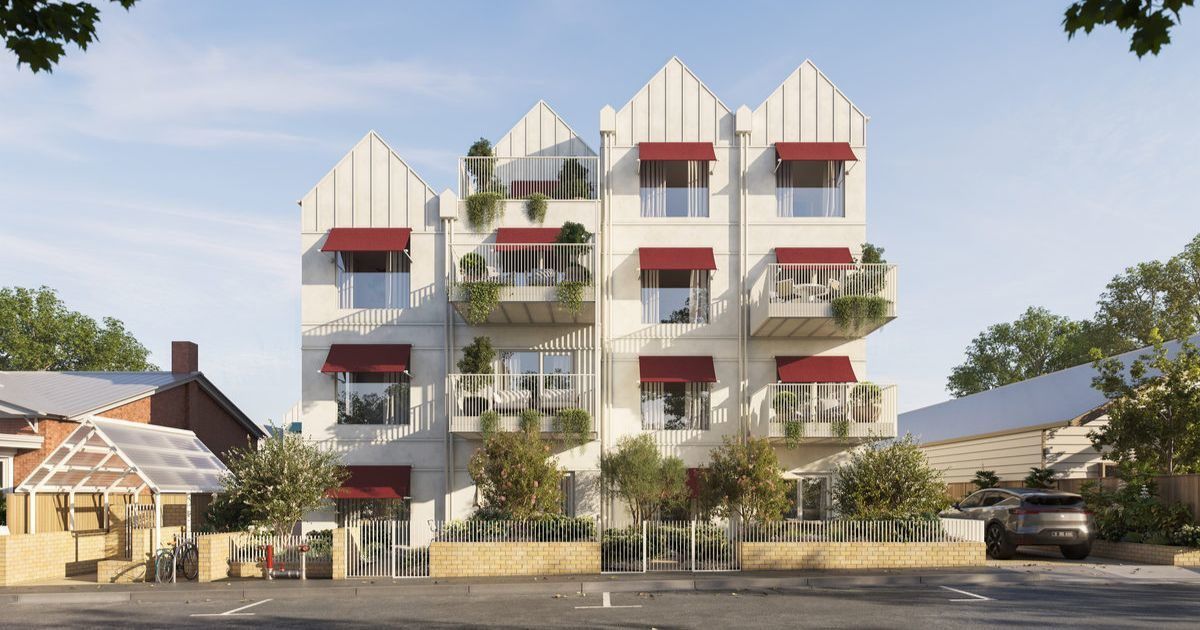G21 calls for feedback to drive transport strategy

Among other issues, the G21 Integrated Transport Strategy will examine public transport and the improvements needed across the region. Photo: V/LINE
RESIDENTS, businesses and community groups across the G21 region are being asked to share their vision for the Geelong region’s future transport system.
Last month, G21 launched a short online survey to gather feedback about transport challenges and opportunities, as the leading lobby group develops the first big picture transport strategy for the entire G21 region to guide planning and investment now and for the decades ahead.
The G21 Integrated Transport Strategy will examine public transport and active trails, the road network and freight movements, electric vehicle transport infrastructure and rail shuttle connections in busy corridors across the G21 region.
G21 chief executive officer Giulia Baggio said Geelong was one of the fastest-growing regions in Australia and needed a modern and fit-for-purpose transport system to lock in its economic prosperity and retain its prized liveability.
“Within 20 years, the G21 region will be home to more than half a million people and we are already outgrowing our transport network.
“It is critical that we put in a place a strategy now which meets the needs and aspirations of our many geographically dispersed communities and that can help attract the major investments required by governments to keep pace with growth demands, while retaining what people love about living here.
“Our region is increasingly a significant contributor in the Victorian and Australian economies.
“Improved transport across the region and links to ports, airports, inter-modal terminals and other regional and metropolitan centres is also needed to our growing and emerging industries to fully realise their potential.”
According to G21, the region’s commuters are experiencing a range of poor outcomes, including worsening road traffic congestion, inadequate public transport options, a patchwork of cycling and pedestrian connections, an absence of dedicated routes for the growing freight industry, a need for new transport corridors to link growth areas outside central Geelong, and an over-reliance on road vehicles.
Residents of the Geelong region have an average of two cars per household, compared with 1.7 in Melbourne.
The total transport expenditure for a household in Geelong was $17,197 for 2021, making it the second-most expensive regional area in Australia.
Chair of G21’s Transport Pillar and Deakin University director of security, transport and retail, Karly Lovell, said a forward-looking and evidenced-based strategy was needed to overcome weaknesses in the transport network.
“It costs more to get around in G21 than anywhere else in regional Victoria. That cost is borne by our communities and businesses, driving down productivity and liveability, and increasing emissions.
“This strategy is an opportunity to work together to establish a clear vision and a framework to support planning with all tiers of government through a fresh and collaborative approach to transport planning.”
The survey closes on December 23. To take the survey or for more information, head to G21’s website

















